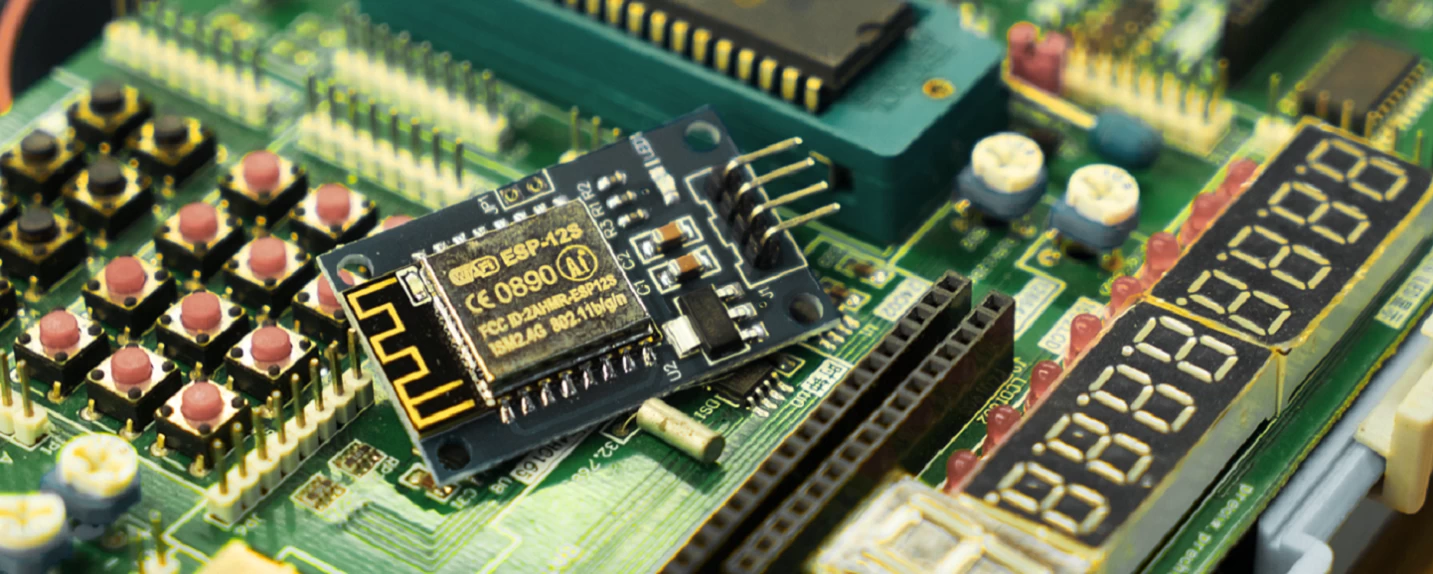Capabilities: Pin-Through-Hole Reliability
Pin-Through-Hole (PTH) technology pre-dates Surface Mount Technology (SMT), but it is still widely used today for certain types of components, often in conjunction with SMT on the same PCB assembly. The issues and concerns associated with PTH technology haven’t gone away, either.
Ensuring PTH reliability begins at the design stage, and relates to the larger component size, which affects the overall size of the finished product, component weight, requiring more strength in both the PCBand the finished product, and other considerations. Because it is a different technology, issues of manufacturability must be addressed at the design stage as well.
A Pin-Through-Hole PCB, with its Plated-Through-Holes, is fabricated similar to a Surface-Mount-Technology PCB, but with a few more steps in the manufacturing process. After most of the PCB is fabricated, copper foil is laminated to both sides of the PCB. Then, where the leads of the PTH components are to go through the board, holes are drilled, and their inside surfaces are electroplated, using the foil laminated to the board to help conduct electricity during the plating process. After that, to form traces and solder pads, the outside copper layers are etched.
When assembling the components to the board, after the leads are inserted into the holes, the circuit board is wave soldered. The wave soldering can only be done to the solder side of the circuit board because the components are often times too large to allow proper wave soldering from the component side.
PTH Issues
Care needs to be taken when reworking the PCB (repairing or modifying the PCB), after it is finished. Heating the solder for removal from the hole during the repair has potential to damage the joint connecting the annular rings around the hole-plating.
Wave soldering temperatures with lead free solder are critical. Tighter temperature settings are needed because the solder, being lead free, has a higher melting temperature; if the process temperature is incorrectly set, either the solder won’t bond properly, or the components and board may be damaged.
O-LEADING Co., Ltd Plated-Through-Hole Technology
O-LEADING CO Ltd is familiar with all aspects of Plated-Through-Hole technology. Let the engineers at O-LEADING Co., Ltd work with you on the engineering and design of your Plated-Through-Hole printed circuit boards.
Let our engineers at O-LEADING assist with your design and Design for manufacturability (DFM) issues related to PTH technology in your assemblies.
Contact us at sales@o-leading.com,

































